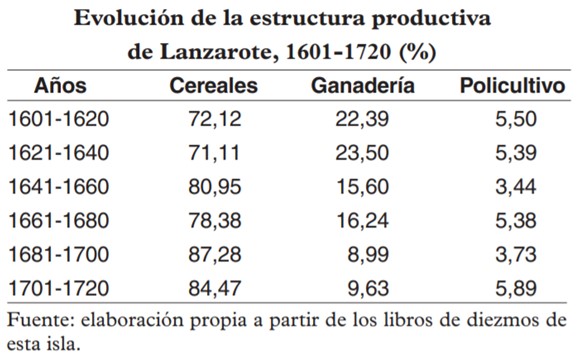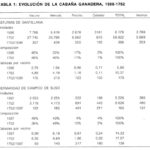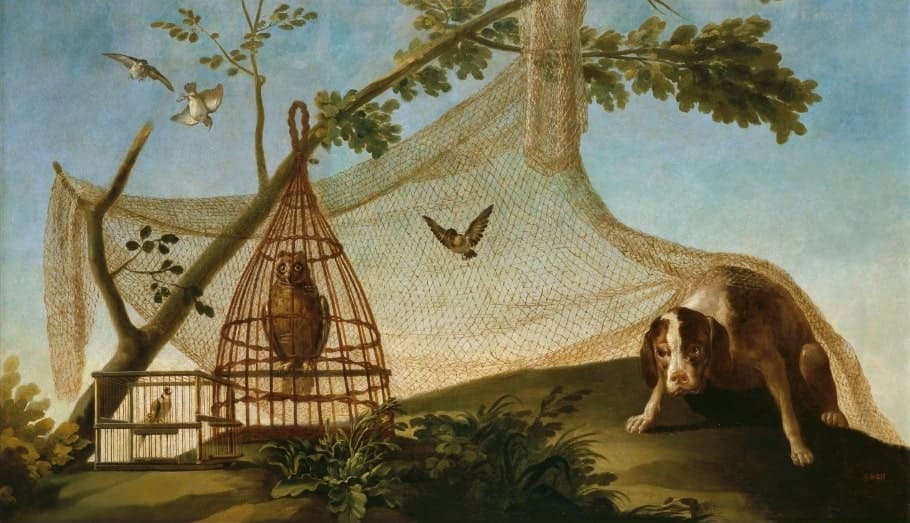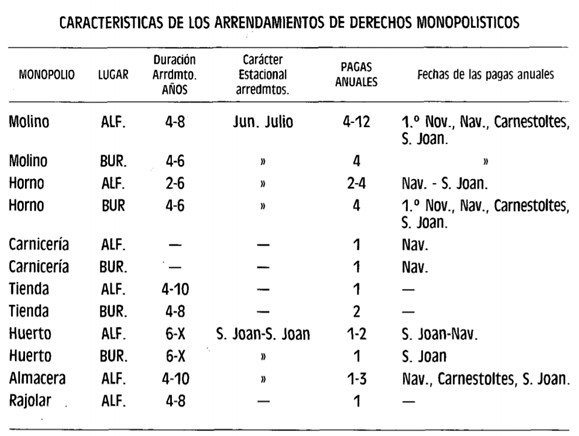
Livestock farming in Cantabria went from a phase of depression in the 17th century to the great expansion of the following century. The author analyses the evolution of this sector through two areas, one Atlantic, the Asturian valleys of Santillana, which showed a demographic explosion greater than the Hermandad de Campoo de Suso, a transition area towards the plateau. The demographic and economic growth, together with a decrease in taxes, led to the expansion of livestock farming: cattle and cattle tripled in number, pigs and horses doubled in number. Moreover, the greater diffusion of agriculture did not mean the decline of livestock as in other areas of Spain; on the contrary, many species became protagonists of the agricultural mechanics: small livestock served as an instrument of the ploughing advance against the mountain, large livestock as a draught force for ploughing, and the manure from both as fertile ferment for the seeds. With regard to the growth of the sector, the spread of maize in the coastal regions of Cantabria was the main reason for the greater growth of this area compared to the inland areas, as the demand for draught animals increased exponentially.
Collection: Statistics
Project: 3. Rural world and urban world in the formation of the European identity., 4. Family, daily life and social inequality in Europe.
Chronology: XVI, XVII, XVIII
Scope: Secondary Education, Baccalaureate, University
Link: https://dialnet.unirioja.es/servlet/articulo?codigo=197378
Resource type: Statistics
Format: Table
Source: Lanza García, R. (2001). "El crecimiento de la ganadería de Cantabria entre los siglos XVI y XIX: una temprana especialización regional", en Historia Agraria, nº 23, p. 85.
Language: Spanish
Date: 2001
Owner: Pablo Ballesta Fernández (Modernalia)
Copyright: ©Revista Historia Agraria ©Ramón Lanza García
Abstract: Resource showing the evolution of livestock farming in the Asturian valleys of Santillana and the Hermandad de Campoo de Suso
Image
Tags







